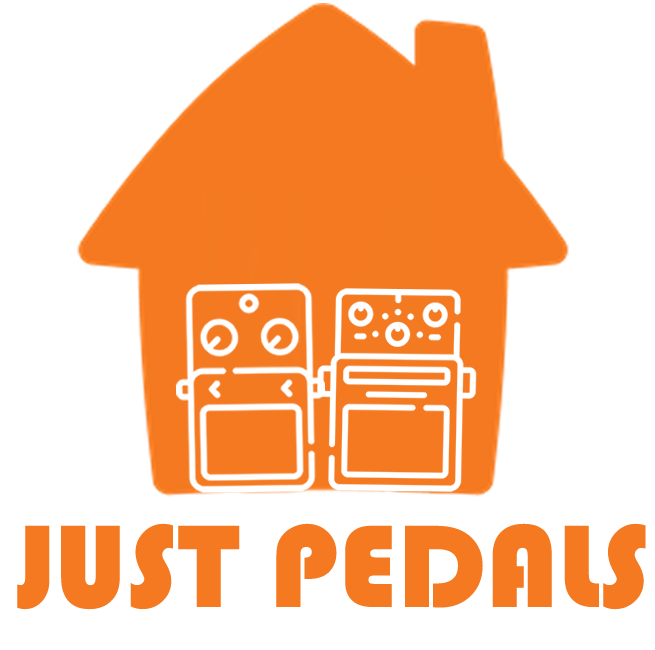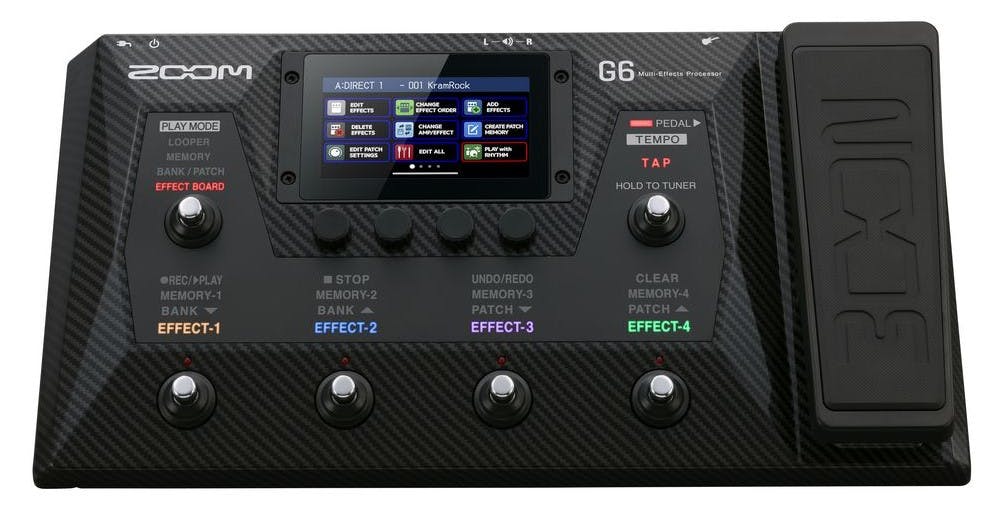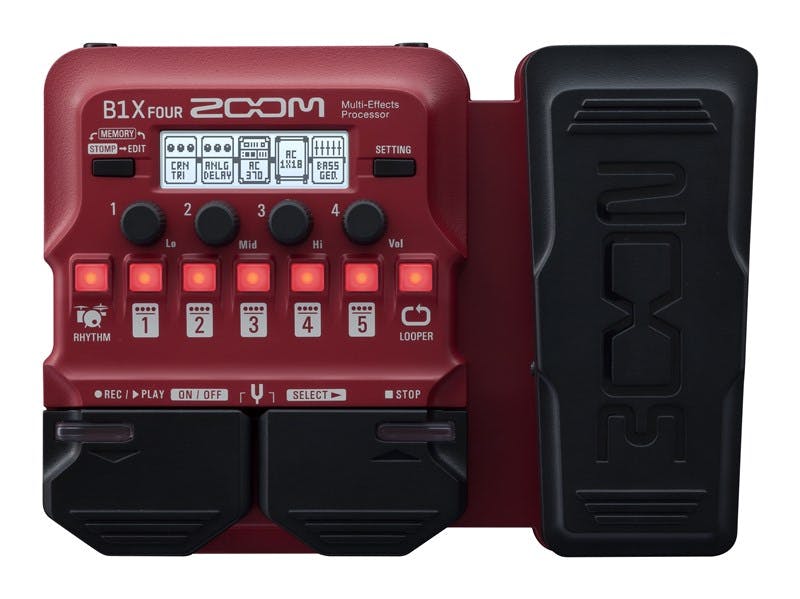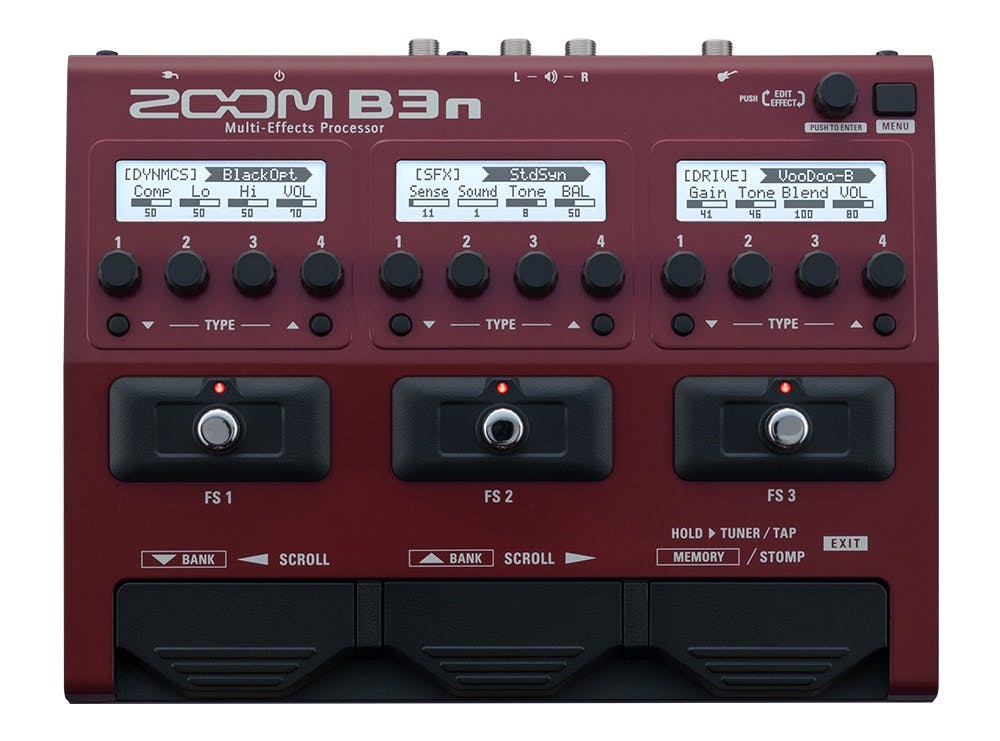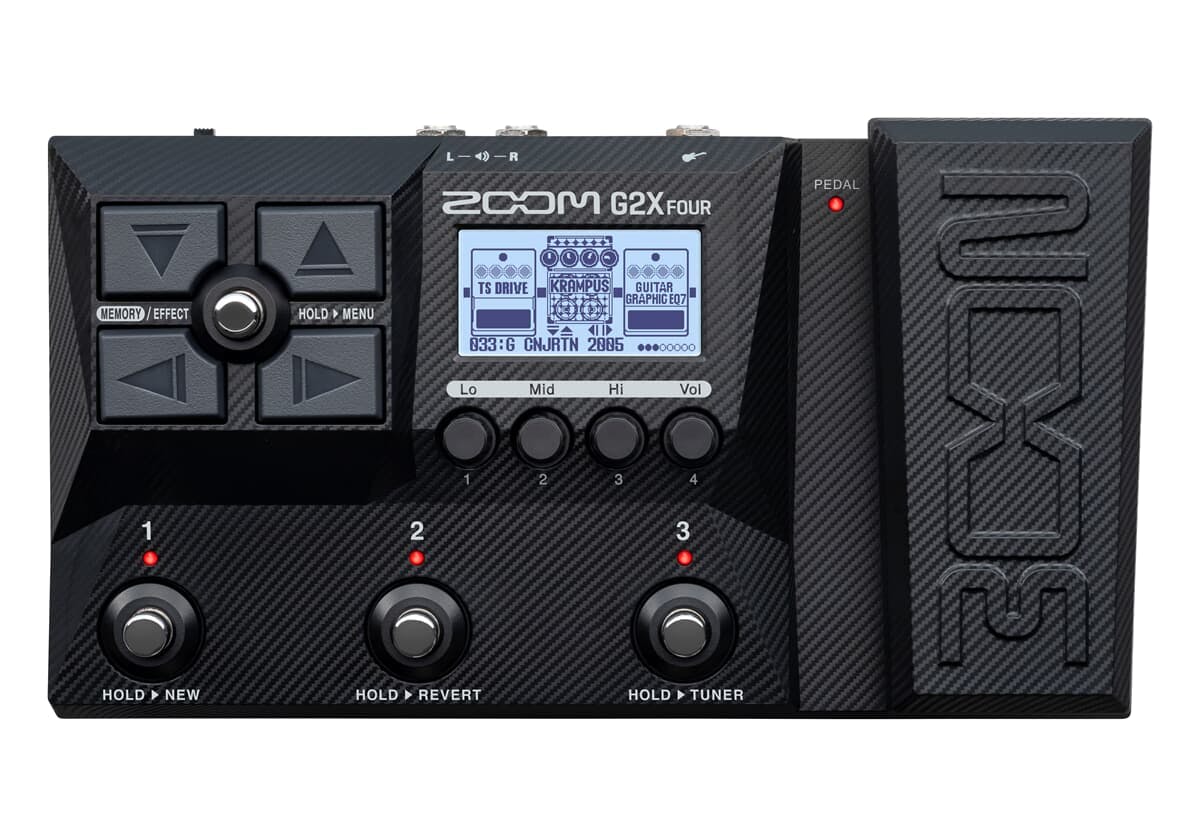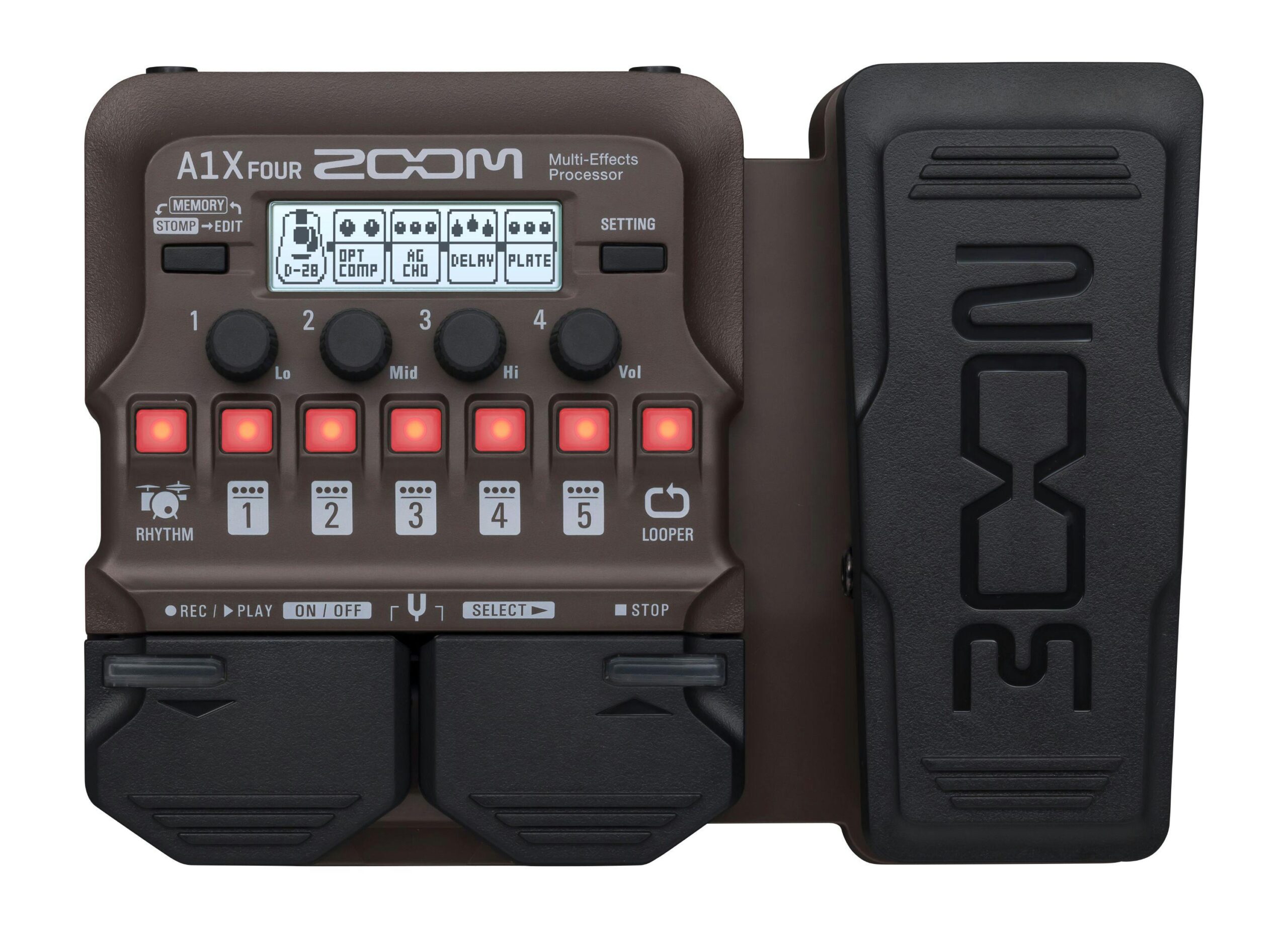Just Expression Guitar Effect Pedal Videos – Zoom G1X FOUR Guitar Multi-Effects Processor with Expression Pedal, With 70+ Built-Effects
Expression Video – Zoom G1X FOUR Guitar Multi-Effects Processor with Expression Pedal, With 70+ Built-Effects
LEKATO Drum Looper Pedal with Tuner, 4-11 Minute Loops, App for Customizing Drum Grooves for Electric Guitar and Bass, Tap Tempo
£57.99
【3 in 1 Looper&Drum&Tuner】This drum looper is equipped with 44.1kHz, 24bit high-quality looper and drum machine. Built-in high quality tuner, for the note names with sharp or flat signs. 【30 Drum Rhythms】LEKATO Drum Buddy is built in preset 30 drums,… read more
HOEREV Guitar Mini Looper Pedal
£36.99 £30.99
Looper,Recording Time:5 Minutes, 48k high quality voice .Sampling :24bit. With USB for uploading and downloading. 1. Please pay attention :it doesn't include a power supply. 2. Please make sure your pedal is connected to an DC adapter with 9V voltage… read more
Strymon El Capistan V2 dTape Echo Effect Pedal
£353.28
Tape Echo Pedal with Fixed/Multi/Single Heads Spring Reverb Control Tap Tempo 3 Modes
TC Electronic DITTO LOOPER Highly Intuitive Looper Pedal with 5 Minutes of Looping Time, Analog-Dry-Through and True Bypass, Compatible with PC and Mac
£72.88 £66.00
Created by guitarists, for guitarists, the DITTO LOOPER provides essential looping features in a compact, user-friendly design With a simple one-knob interface, DITTO LOOPER makes looping easy-record, undo/redo, stop, and erase with intuitive foot co… read more
Behringer ULTRA CHORUS UC200 Ultimate Stereo Chorus Effects Pedal, Yellow
£24.36 £22.30
Rich Stereo Effect: Enhance your guitar’s tone with the ULTRA CHORUS UC200, delivering a thick, vibrant sound and rich stereo effects for an extraordinary musical experience Ultimate Sound Shaping: Customize your tone with dedicated Depth, Rate, and … read more
Vox – WAH845 – Classic Wah Pedal
£65.00 £60.74
New version of the most famous guitar effects pedal of all time Input/output jacks: inst jack, amp jack, dc i/p jac Legendary wah-wah tone in a new sturdy design Battery life for continuous use approximately 100 hours with manganese battery An ac pow… read more
